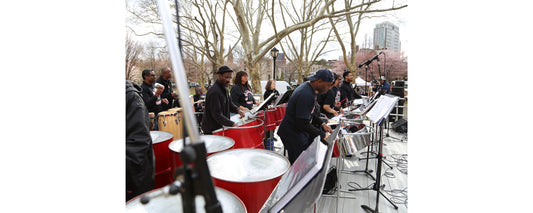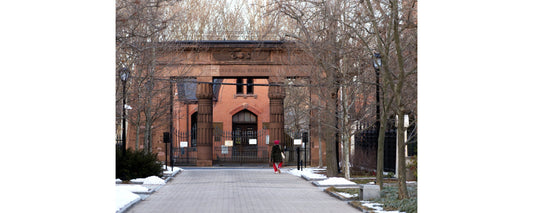Many New Haveners have done great things, but few are more accomplished than 27th President of the United States and 10th Chief Justice of the Supreme Court William Howard Taft.
Taft’s personal relationship with New Haven stemmed from his father’s: Alphonso Taft graduated from Yale College in 1833, co-founded the secretive yet infamous Skull and Bones society and graduated from Yale Law in 1838. William grew up in Mount Auburn, Ohio, but it was New Haven where, following in his father’s footsteps, he earned his undergraduate degree at Yale, accepted what was likely a shoo-in Skull and Bones membership and distinguished himself from Dad with an intramural wrestling championship. There, his friends came to refer to him as “Old Bill.”
sponsored by
Though William returned to Ohio for a time following graduation, New Haven would become his adopted home for much of his life. During his presidential term from 1909 to 1912, Taft returned to the New Haven area for two summers, living at a Victorian mansion on Davis Island, one of the Thimble Islands. And at the end of his tenure as president, New Haven was his destination.
Among his key presidential actions, Taft:
• helped pass the Mann-Elkins Act of 1910, which gave the Interstate Commerce Commission more authority to regulate railroad rates and expanded their jurisdiction to include regulating telephone, telegraph and wireless radio;
• oversaw anti-trust breakups of Standard Oil, American Tobacco Company, American Sugar Refining Company and 96 others;
• employed “Dollar Diplomacy,” pushing investment in Latin American and East Asian countries where the US sought to have an interest in business and political policy;
• avoided direct war with Mexico during uprisings that killed and injured several Americans; and
• helped pass the 16th Amendment, which allowed the federal government to levy an income tax.
Then, in 1912, America experienced one of its most unusual presidential elections. Bitterly disappointed with Taft in part for his role in the Ballinger-Pinchot Affair—in which Taft fired Department of Agriculture heavyweight Gifford Pinchot for his opposition to a sell-off of public lands—Teddy Roosevelt tried to reclaim the Republican nomination, lost at the convention and founded the short-lived Progressive, a.k.a. Bull Moose, Party. As the Bull Moose candidate, Roosevelt ran an upstart campaign during the general election, achieving a second-place finish behind winner Woodrow Wilson. Embarrassingly, the incumbent Taft came in third, carrying only Vermont and Utah.
But Washington’s loss was New Haven’s gain and perhaps Taft’s as well. He was appointed Chancellor Kent Professor of Law and Legal History at Yale Law School and once again returned to the Elm City, making his home at The Hotel Taft—now The Taft Apartments—in 1913. (While many have assumed that the hotel was named for William, it was actually named for his brother Horace, who was headmaster of the Taft School in Watertown.)
Sometime later, Taft, perhaps tired of hotel living, purchased a home at 111 Whitney Avenue, just across the street from where the New Haven Museum stands today, to serve as his New Haven estate. In 1918, Taft was called back to Washington to co-chair the National War Labor Board. He would lease out the Whitney Avenue property and return to The Hotel Taft when he came home to New Haven. But with his confirmation as chief justice of the Supreme Court in 1921—he’s the only person to have led both the executive and judicial branches—Washington finally pulled Taft away for good. He sold his house in New Haven for $25,000 and bade farewell to the city that had nurtured his most formative years, soothed the incomparable stresses of being president and revived him following his most public defeat.
Written by Daily Nutmeg staff. Image features William Howard Taft on December 29, 1908, just before his inauguration as president. This updated story was originally published on September 6, 2012.








